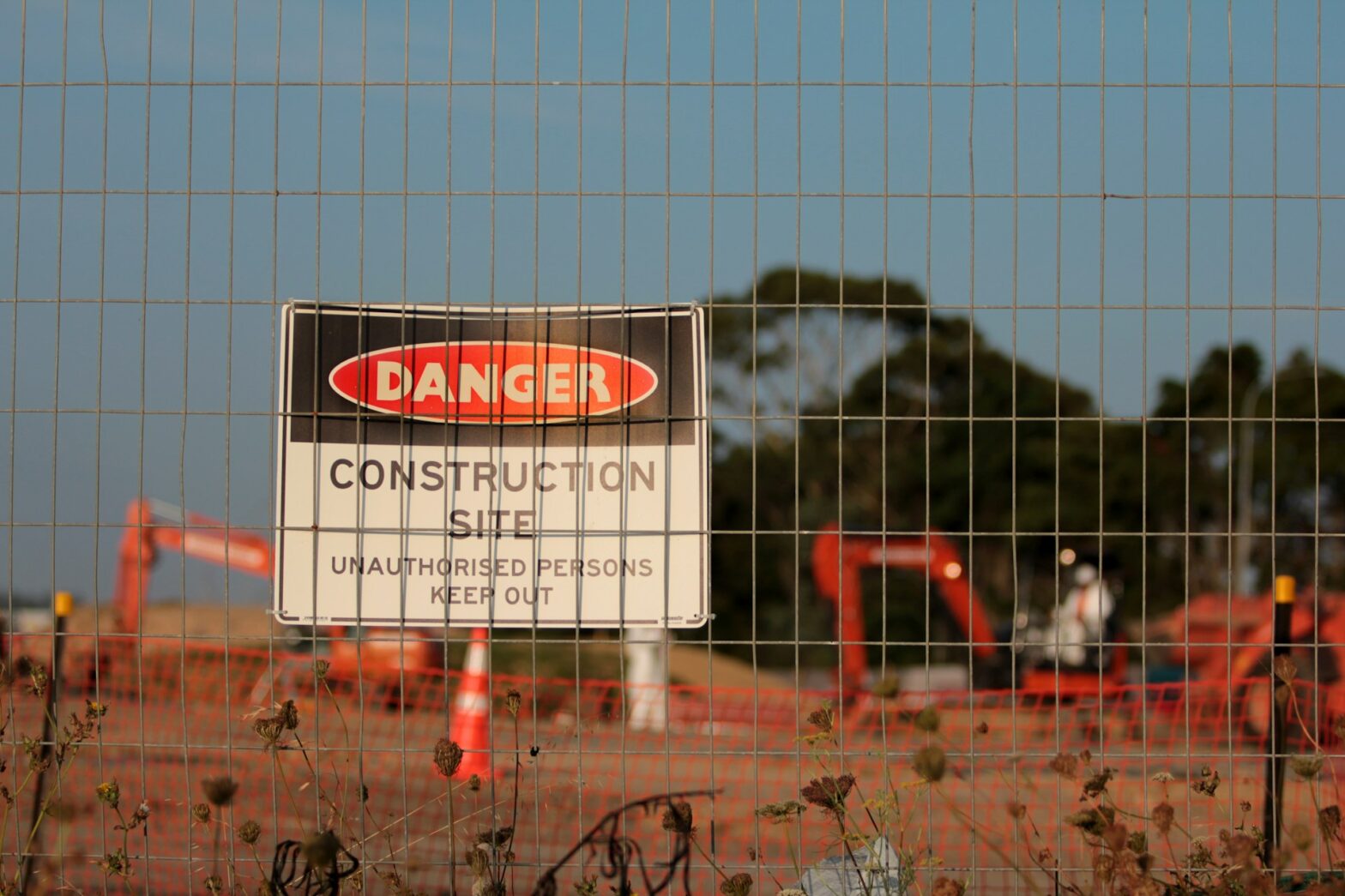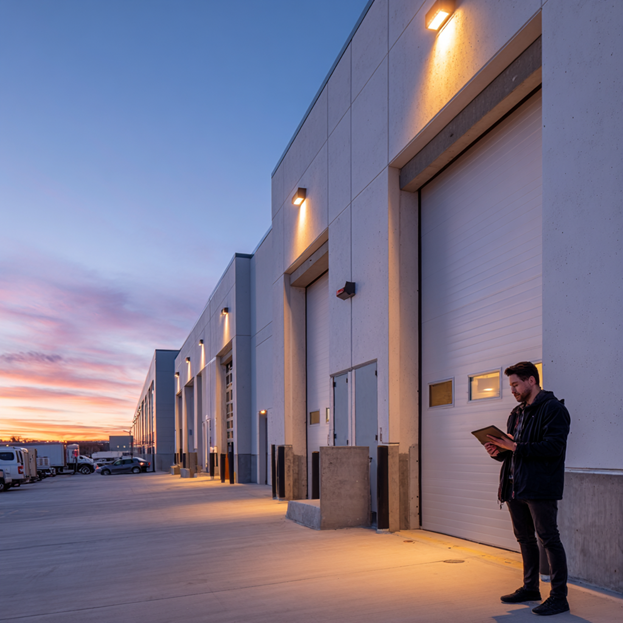Reducing traffic accidents in construction zones is crucial for ensuring the safety of drivers, pedestrians, and workers. The complex nature of construction activities, combined with altered road layouts and often limited visibility, significantly increases the risk of accidents. However, with technological advancements, there are now more effective methods to enhance overall road safety in these high-risk areas.
This article delves into how technology is shaping efforts to enhance safety around these areas, offering strategies and tips for reducing car crashes, as well as insights into how businesses and government agencies can collaborate for better outcomes.
The Challenges of Construction Zones
Construction zones inherently present various dangers. Lane shifts, uneven road surfaces, and a lack of clear signage are among the factors contributing to road accidents. According to the Federal Highway Administration (FHWA), hundreds of fatalities and thousands of injuries occur each year due to traffic accidents in construction zones. These alarming numbers underscore the need for robust solutions in traffic accident prevention. With this in mind, technology is now playing a pivotal role in improving road safety, particularly in high-risk areas like construction zones.
Innovative Technologies in Traffic Accident Prevention
Over the past decade, several technologies have emerged as effective tools for reducing car and truck accidents. Below are some of the most promising advancements.
1. Smart Work Zones
A major innovation in road safety is the development of smart work zones, which use sensors, cameras, and real-time data to inform drivers about traffic conditions. By providing updates on speed limits, lane closures, and hazards, smart work zones enable safer driving decisions. They also help manage traffic by redirecting vehicles from congested areas, reducing both congestion and accident risks.
2. Autonomous Vehicles and Advanced Driver Assistance Systems (ADAS)
Autonomous vehicles and ADAS technologies are revolutionizing the transportation industry. These systems use sensors, cameras, and artificial intelligence to detect potential hazards, such as pedestrians or obstacles, and make corrective actions like automatic braking or lane corrections.
Though fully autonomous vehicles aren’t mainstream, ADAS features like collision warnings, lane departure alerts, and adaptive cruise control are now standard in many cars. These technologies are crucial in construction zones, where sudden lane changes and obstacles increase accident risks, helping to prevent traffic accidents.
3. Drone Surveillance
Drones are increasingly being used to monitor construction zones. They provide aerial views that can help construction managers assess potential hazards, such as machinery near the road or blind spots for drivers. The ability to gather real-time footage ensures that any potential dangers are promptly addressed, further enhancing road safety.
Additionally, drones can assist law enforcement and road safety agencies in analyzing accident-prone areas by providing data on traffic flow and driver behavior. This data helps develop more targeted tips for reducing car crashes in construction zones.
Enhancing Road Safety Through Connected Infrastructure
Beyond vehicle technology, connected infrastructure plays a critical role in traffic accident prevention. Integrating technology into road systems can help reduce risks and improve communication between road users and construction teams.
1. Vehicle-to-Infrastructure (V2I) Communication
V2I technology enables vehicles to communicate with traffic signals, road signs, and other infrastructure. In construction zones, this technology can alert drivers to changes in traffic patterns, upcoming work zones, and speed limit adjustments in real-time.
Such systems are particularly valuable for improving road safety because they give drivers sufficient time to adjust their speed or route, reducing the likelihood of sudden braking or other risky behaviors that often lead to accidents.
2. Intelligent Traffic Management Systems
In high-traffic areas where construction is ongoing, intelligent traffic management systems can help reroute vehicles to reduce congestion. These systems use artificial intelligence to analyze traffic data and determine the most efficient routes for drivers, thereby minimizing the chance of accidents caused by heavy traffic or erratic driving patterns. For example, in cities that have implemented smart traffic lights, traffic accidents near construction zones have been significantly reduced as these systems prioritize safety over speed..
The Role of Businesses in Promoting Road Safety
Businesses that operate in or around construction zones have a responsibility to prioritize road safety. Companies in the logistics, construction, and transportation sectors are in a unique position to lead traffic accident prevention efforts through the adoption of cutting-edge technologies and safety practices.
1. Investing in Employee Training
Regular safety training is one of the most effective ways to reduce traffic accidents around construction zones. Businesses should invest in ongoing driver safety programs that focus on navigating high-risk areas, understanding new technologies like ADAS, and being aware of the specific hazards posed by construction activities.
2. Collaborating with Local Authorities
Businesses can also collaborate with local governments and transportation agencies to improve road safety around construction zones. This might include sharing data on high-traffic areas, partnering on public awareness campaigns, or even contributing to the installation of smart infrastructure in high-risk zones.
3. Using Telematics for Fleet Management
For businesses that rely heavily on fleets, incorporating telematics systems can improve both driver safety and operational efficiency. Telematics provides real-time insights into driver behavior, helping fleet managers identify risky driving patterns such as speeding or harsh braking. By addressing these behaviors, companies can significantly reduce the risk of accidents in construction zones, aligning with broader efforts to improve road safety.
Reducing Traffic Accidents is a Matter for Everyone
Reducing traffic accidents is essential as urbanization increases and construction activities intensify. Prioritizing road safety through technological innovations can significantly lower the risk of accidents and save lives. However, if you or a loved one has been involved in an accident due to unsafe conditions in a construction zone, it’s important to know your legal rights. You may be eligible for compensation, and consulting with an experienced attorney can guide you through the process of filing a lawsuit and protecting your rights.





























